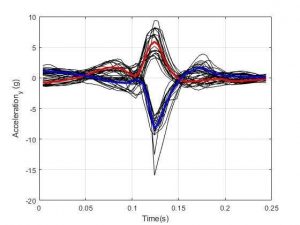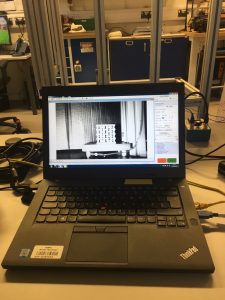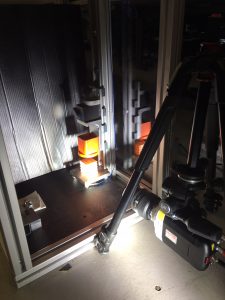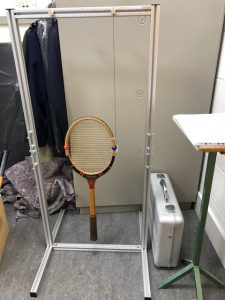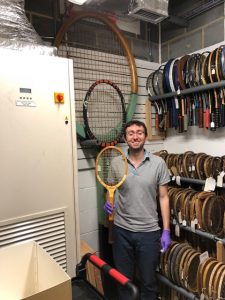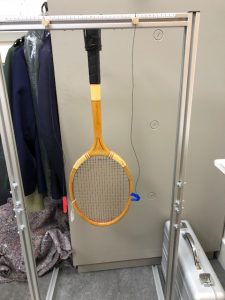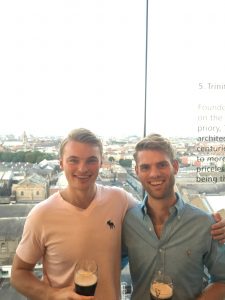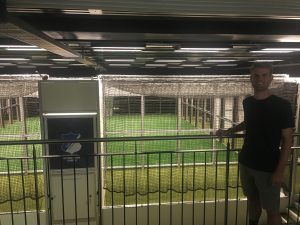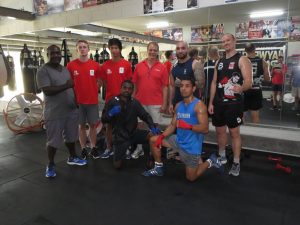Effect of time and temperature on auxetic foam fabrications (oral) and Comparisson of Digital Image Correltaion and marker tracking methods for strain measurement in open cell foam
ISEA’s contribution allowed me to attend the 9th International Conference “Auxetics and other materials and models with “negative” characteristics” and 14th Workshop “Auxetics and related systems”, September, 2017, Crete.
Two objectives from my PhD (auxetic foams for sporting protective equipment) were presented. These included an assesment of a strain measurement method and an auxetic foam fabrication study. My overall aim is to set up a test to quantify the effect of foam’s negative Poisson’s ratio on indentation resistance. Auxetic foam is closer in modulus and density to materials used in sports protection than other auxetic materials. Open cell foam used in comparisons is ~3 times less dense and has a very different compressive stress strain relationship (buckling beyond ~10% compressive strain, when the auxetic sample is relatively linear to 80% compression). These extra variables have prevented clear relationships from being demonstrated between Poisson’s ratio, indentation resistance and peak force under impact.
The first (poster) presentation compared digital image correlation (DIC) and marker tracking for strain measurement in open cell foams. DIC has not been widely used for foams. Presented work shows it to be comparable to marker tracking and it has already managed to identify the effect of flaws in foam cell structure. Further work will measure material flow under an indenter. Most attendees had not used DIC in this way, but those fabricating auxetic foams and fabrics were keen to try, with possible applications in smart garments for apparel.
The second (oral) presentation suggested methods to reduce variables (density and modulus) in comparisons between auxetic and non-auxetic foams. Previous comparative auxetic/non auxetic foam impact and indentation studies don’t control changes to density and compressive modulus. A clear link between indentation resistance and Poisson’s ratio cannot be made in scenarios close to those seen in sporting collisions, or required for certification by sporting standards. Discussion around the specifics of the test set up and a request to test for shear modulus will help clarify the reason for any differences in the indentation resistance of positive/negative Poisson’s ratio samples.
Outputs include collaborative work with researchers from the Georgia Institute of Technology and a chance to discuss a collaborative study with the University of Malta (submitted as a full paper for ‘The Engineering of Sport’ in Brisbane). I was also lucky enough to meet a PhD student from the Liverpool John Moores University, modelling indentation of auxetic materials for heel protection in basketball shoes. The conference was an excellent event and I received useful advice. I hope that members of the ISEA can attend next year’s Auxetics conference (here at Sheffield Hallam).




